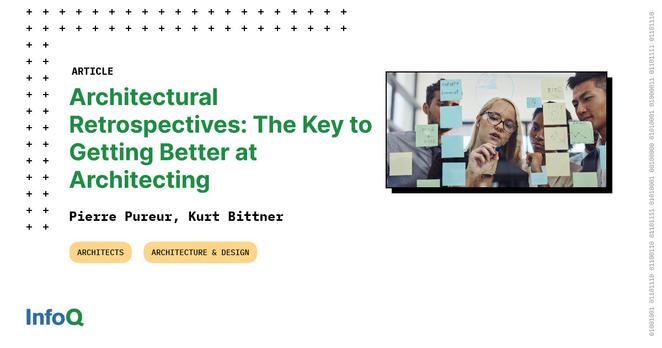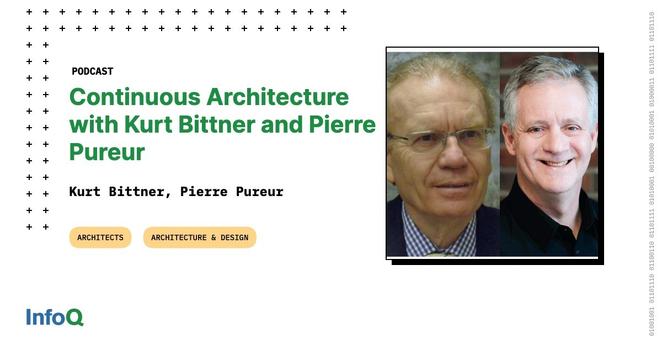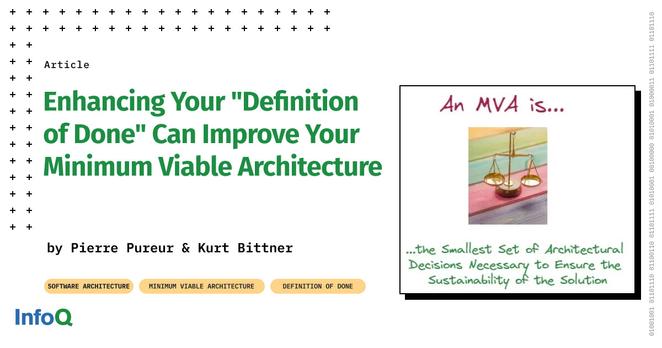In a perfect world, we wouldn’t need to experiment—every decision would be correct. But the reality is different. Despite its power, Architectural Experimentation is rarely used.
Explore why teams don’t use this powerful tool more often, and how teams can change that.
🔗 Read more: https://bit.ly/4immxTo


